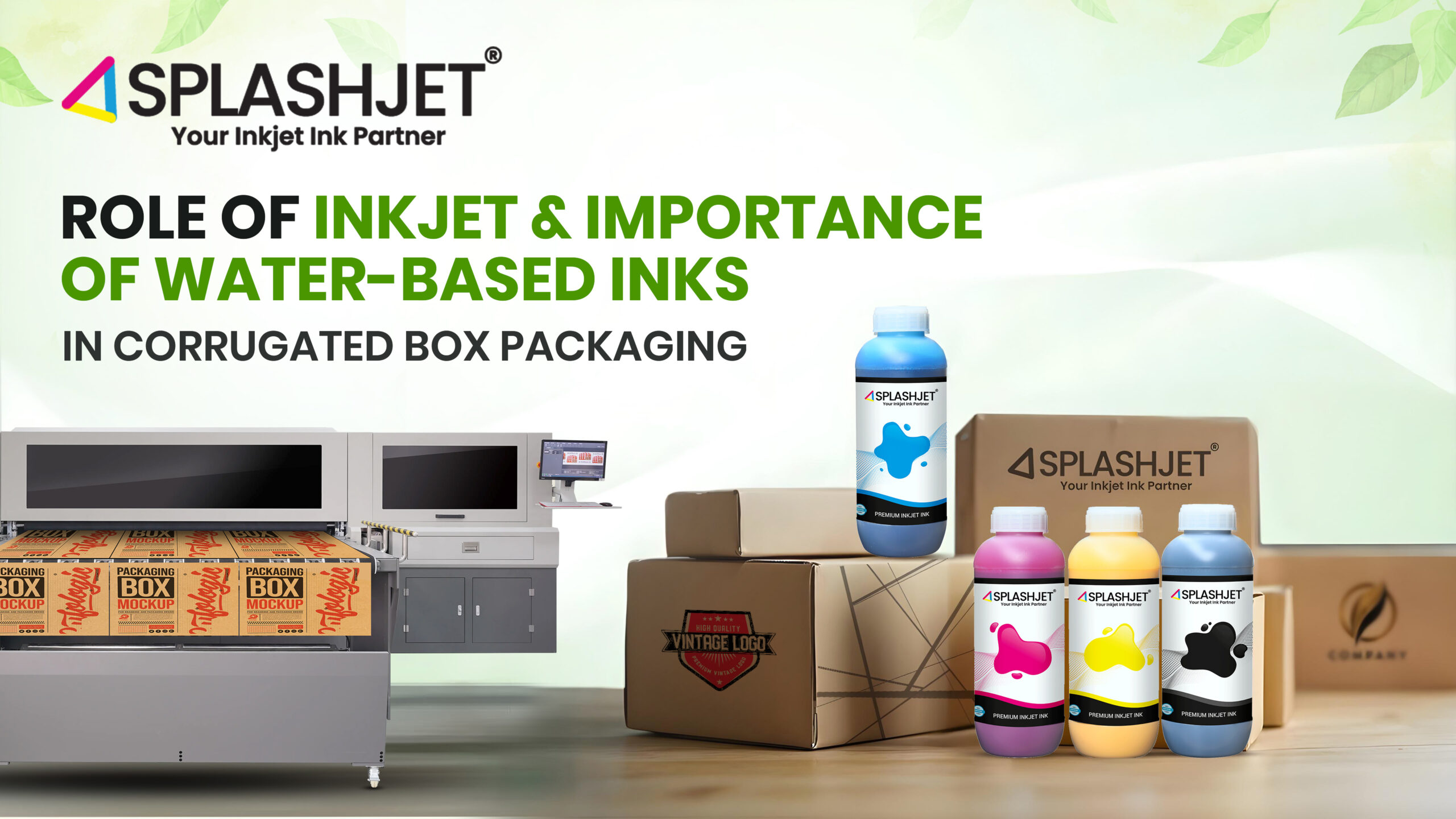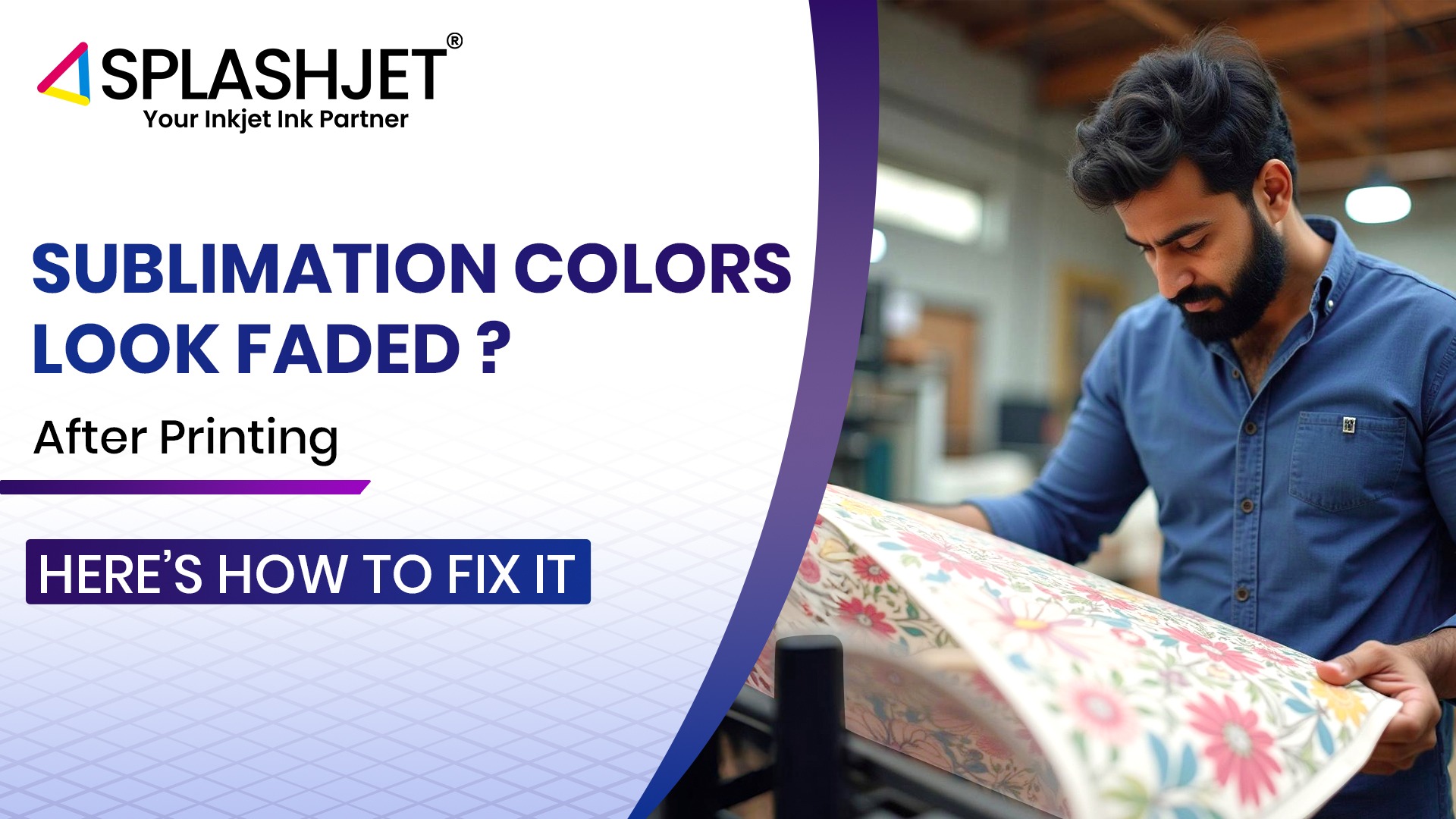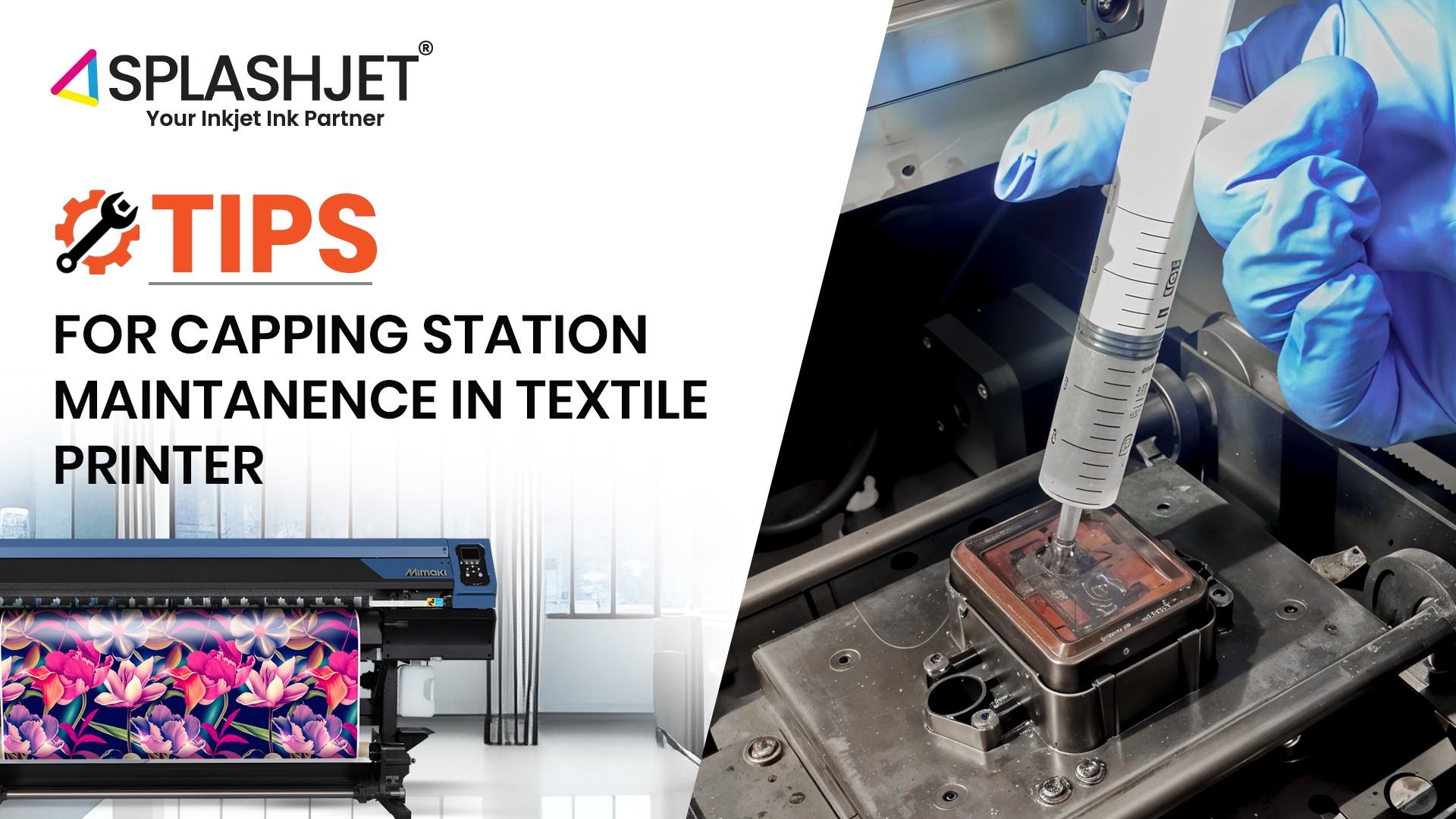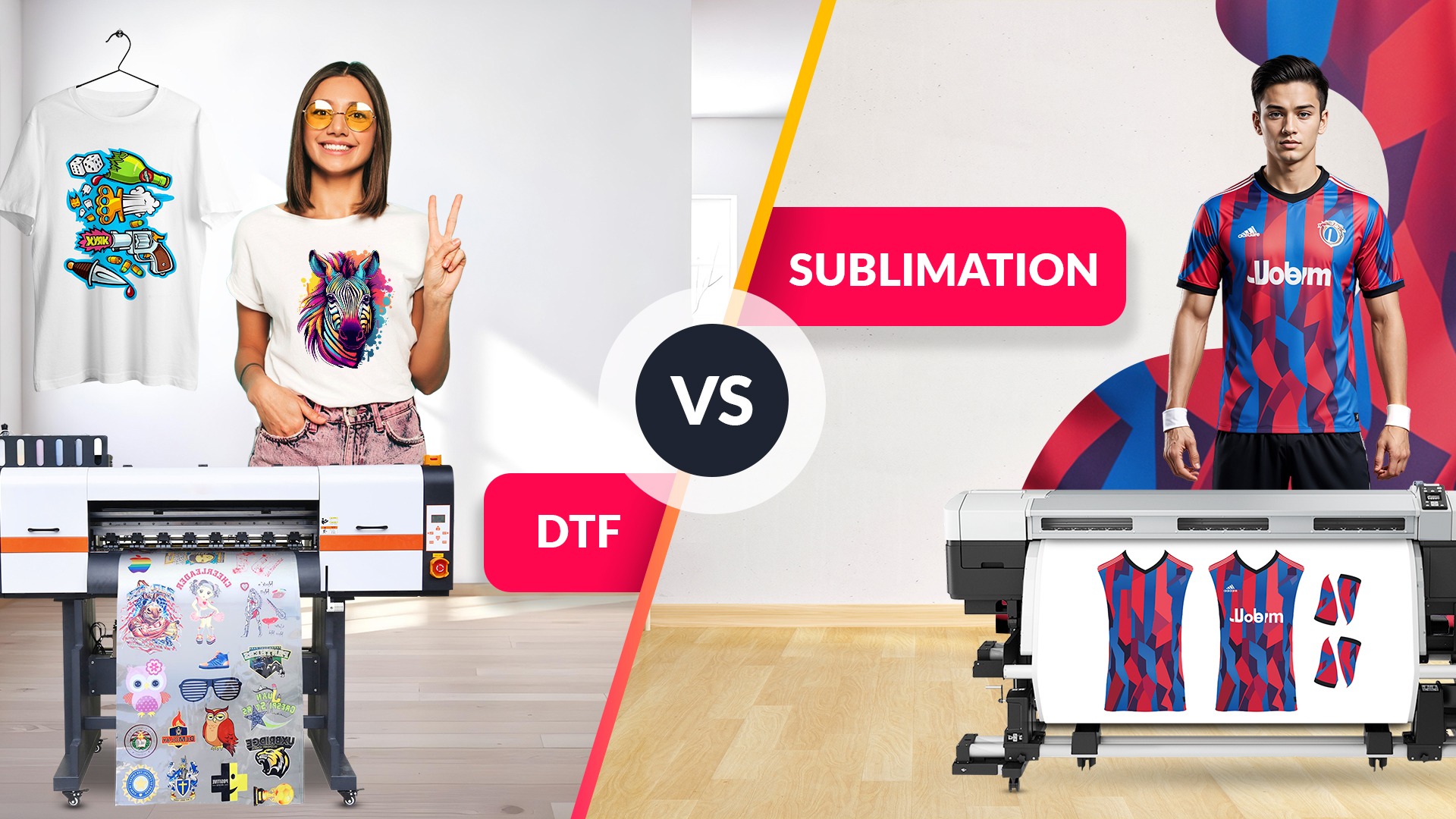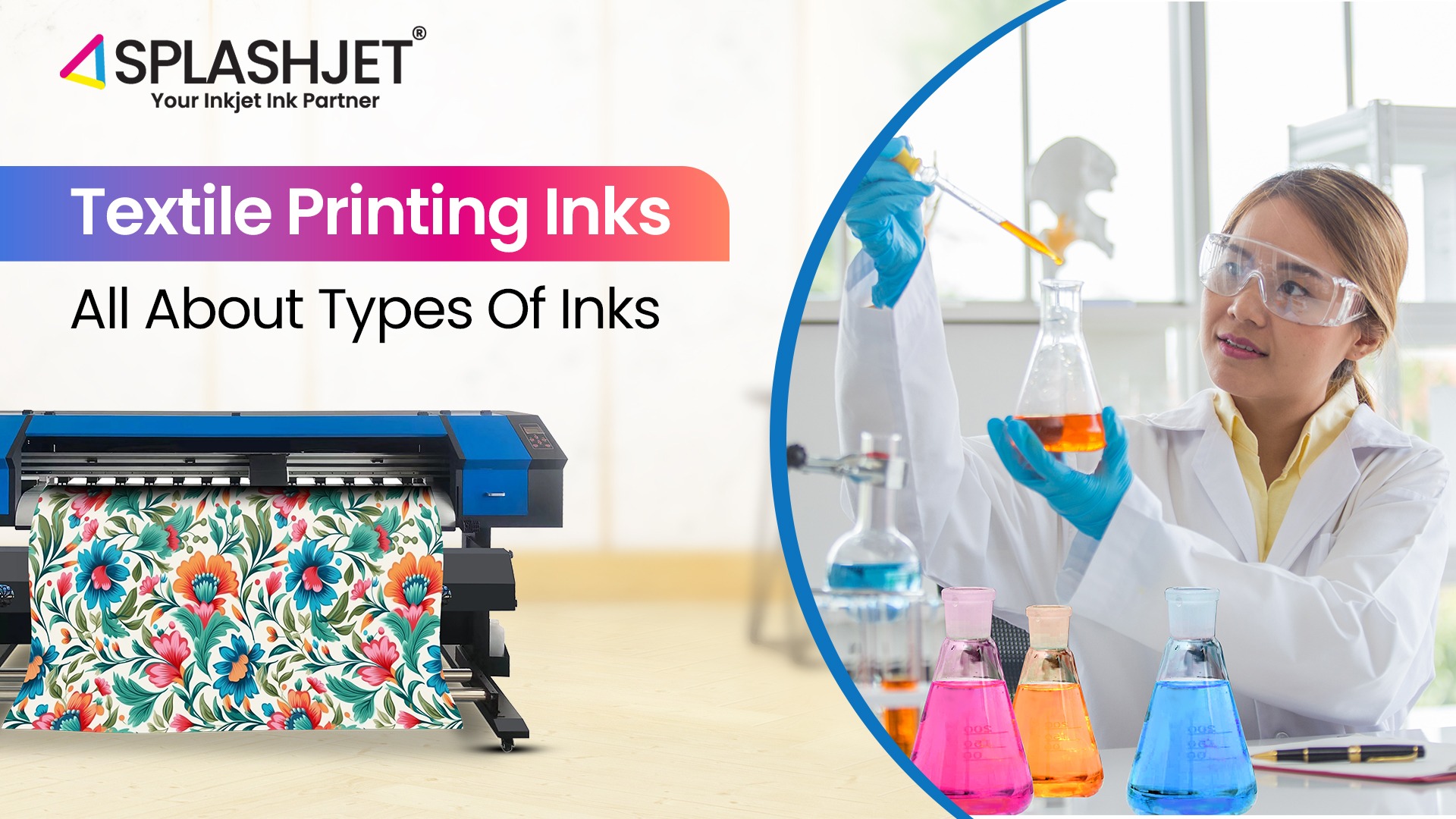
Textile printing has evolved from traditional methods to cutting-edge digital technologies, transforming the industry with greater precision and flexibility. Inkjet printing now plays a pivotal role in modern textile printing, enabling this innovation to support the final product’s cost, production, and quality.
This article delves into the various inkjet-compatible inks, their unique properties, and applications, offering valuable insights into types of textile printing inks.
The Importance of Ink Selection in Inkjet Textile Printing
Textile printing ink is pivotal to achieving vibrant, durable, and high-quality designs. Understanding the types of inks used in textile printing is essential to cater to diverse fabric types and printing needs. The choice of textile printing ink must align with the types of fabric, printing method, and cost considerations to achieve desired design outcomes.
Inkjet printing techniques, such as direct-to-fabrics and dye-sublimation, have significantly transformed the textile printing industry. Consequently, these advancements have unlocked endless opportunities, not only in fabric design but also in the development of specialized printing inks, making the process more versatile and efficient
Different types of textile printing Inks
1. Reactive Inks
Reactive inks are water-based inks formulated with reactive dyes that chemically bond with natural fibers during printing and fixation. These inks require a pre-treated fabric surface and post-print steaming to activate the dye-fiber reaction. They offer vibrant color reproduction, excellent penetration, and high wash fastness.
2.Pigment Inks
Pigment inks are composed of fine pigment particles suspended in a liquid medium. Unlike reactive or acid inks, they do not chemically bond with fabrics but form a physical layer on the fabric’s surface. These inks are versatile, requiring minimal pre-treatment and curing through heat or UV processes.
3.Acid Inks
Acid inks are water-based inks formulated with acid dyes, known for their ability to form strong ionic bonds with protein-based fibers and certain synthetic materials. These inks require pre-treatment of the fabric and post-print steaming or fixation to achieve optimal dye penetration and bonding.
4.Sublimation Inks
Sublimation inks are dye-based inks designed to transform from a solid to a gas without passing through a liquid phase during the heat transfer process. These inks work exclusively with polyester or polymer-coated substrates and require heat and pressure for sublimation. The dye penetrates the surface, creating vibrant, durable, high-resolution prints.
5.Disperse Inks
Disperse inks are dye-based inks specially formulated for printing on synthetic fibers, particularly polyester. These inks use fine pigment particles suspended in a liquid medium, which are heat-activated to bond with the fabric during the sublimation or direct-to-fabric printing process. They are known for their ability to produce vibrant and long-lasting prints.
6.UV Curable Inks
UV-curable inks are specially formulated inks that freeze upon exposure to ultraviolet (UV) light. Unlike traditional inks, UV-curable inks do not rely on solvent evaporation. This ink is used in textiles & customizable products. UV-curable ink is highly durable & eco-friendly.
Comparison of Ink Types:
| Ink Type | Application | Advantage | Limitation |
|---|---|---|---|
| Reactive Ink | Natural fibers | Vivid, durable colors, soft hand feel | Complex process, more water consumption |
| Pigment Ink | Most fabrics | Surface-level printing, eco-friendly | Not ideal for all fabrics, limited color |
| Acid Ink | Protein-based fibers | Vibrant & soft finishes, excellent wash & light fastness | High-cost, fabric specific, complex process |
| Sublimation Ink | Polyester | Permanent, photo-realistic designs | High initial cost, Limited color range |
| Disperse Ink | Synthetic Fabrics | High color vibrancy, durable | High-temperature requirement, high initial cost |
| UV-Curable Ink | Various Fabrics | Instant curing, versatile, high quality | Limited flexibility, Specialized equipment |
Factors to Consider When Choosing an Ink
1.Fabric Type
Different fabrics interact with inks in unique ways. Natural fibers like cotton typically work well with water-based inks, while synthetic materials such as polyester may require specialized inks like sublimation. The choice of ink must complement the fabric type to achieve the desired results.
2.Printing Method
The printing technique, such as screen printing, sublimation, heat transfer, or direct-to-garment (DTG), determines the ink type. For example, sublimation inks are essential for polyester fabrics in sublimation printing.
3.Desired Design Durability
Consider the longevity of the printed design. Opt for durable inks that resist fading and cracking for applications like sportswear or uniforms that endure frequent washing.
4.Softness
Softness is critical for comfort in wearable textiles. Water-based and discharge inks are popular choices for achieving a smooth and natural feel on fabrics, making them ideal for fashion and casual wear.
5.Environmental Impact
Eco-friendly options like water-based inks, which are free from harmful chemicals and solvents, align with sustainable practices. Recyclable packaging and non-toxic formulations further enhance sustainability.
6.Cost Considerations
Balancing quality and budget is essential. While eco-friendly and high-performance inks may come at a premium, they often provide superior results and align with modern consumer demands.
Conclusion
Choosing the right ink is a critical step in textile printing, impacting not only the quality and durability of the product but also its environmental footprint. Factors such as printing method, fabric type, and the desired design’s longevity and softness must align with the ink selection to achieve the desired results.
